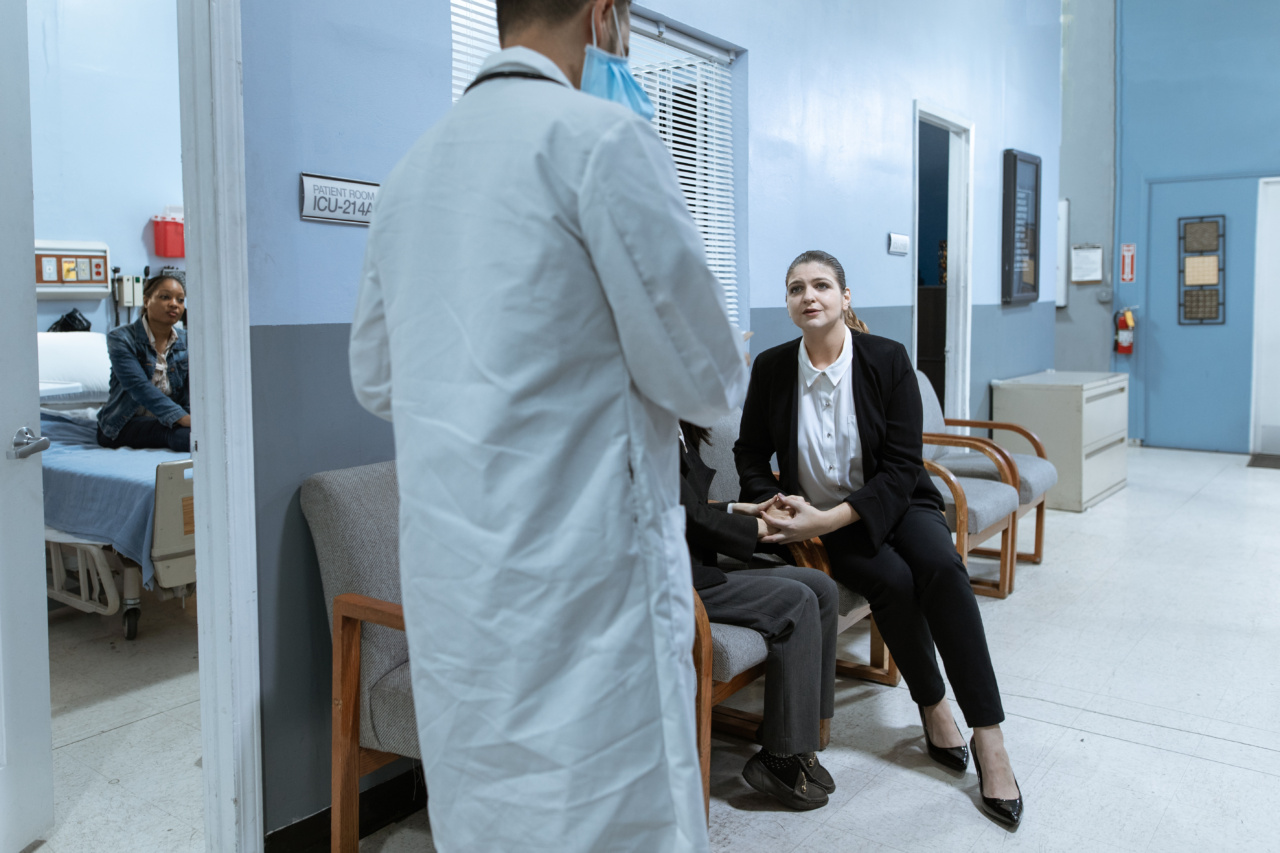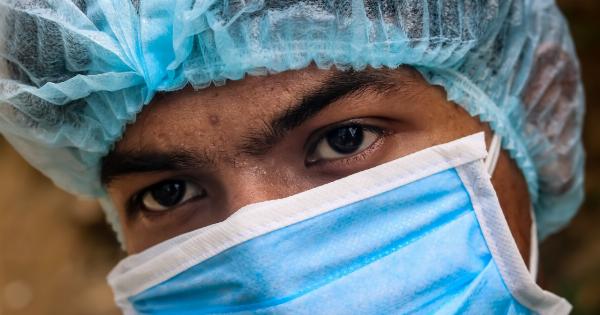Medical mistakes are a growing concern in healthcare systems around the world. These mistakes can have severe consequences for patients, leading to further complications, prolonged hospital stays, and even death.
Recent studies have shown that approximately 8.33% of patients experience some form of medical error during their treatment. In this article, we will explore the impact of these mistakes on patients and discuss ways to prevent them.
The Frequency of Medical Mistakes
Medical mistakes are more common than one might think. According to a report published by the World Health Organization (WHO), approximately 8.33% of patients worldwide experience a medical error during their hospital stay.
This statistic includes errors such as misdiagnoses, medication errors, surgical mistakes, and infections acquired during medical procedures.
The Consequences of Medical Mistakes
The consequences of medical mistakes can be devastating for patients. In some cases, these errors can lead to permanent disabilities or even death.
Patients who suffer from medical mistakes may experience physical pain, mental anguish, and emotional distress. Furthermore, medical errors can have long-term consequences, such as the need for additional medical interventions or a decreased quality of life.
Types of Medical Mistakes
There are various types of medical mistakes that can occur during a patient’s treatment. These include:.
1. Misdiagnosis
Misdiagnosis refers to the incorrect identification of a medical condition or disease. It is one of the most common types of medical errors and can have serious consequences.
Patients who receive an incorrect diagnosis may receive inappropriate treatments or experience delays in receiving the correct treatment, leading to further complications.
2. Medication Errors
Medication errors can occur at various stages, including prescription, dispensing, and administration. These errors can include prescribing the wrong medication, incorrect dosages, or administering medication to the wrong patient.
Medication errors can lead to adverse drug reactions, allergic reactions, or even fatalities.
3. Surgical Mistakes
Surgical mistakes can range from minor errors to major complications during surgical procedures.
These errors can include wrong-site surgeries, incorrect incisions, leaving foreign objects inside the patient’s body, or damaging surrounding tissues or organs. Surgical mistakes can lead to infections, extended hospital stays, and the need for additional surgeries.
4. Infections Acquired During Medical Procedures
Hospital-acquired infections, also known as nosocomial infections, are another type of medical mistake. These infections can occur during surgeries, invasive procedures, or due to poor hygiene practices within healthcare settings.
Hospital-acquired infections can cause significant harm to patients, leading to prolonged hospitalization, increased healthcare costs, and sometimes death.
Preventing Medical Mistakes
Preventing medical mistakes requires a comprehensive and multi-faceted approach. Healthcare organizations should prioritize patient safety and implement strategies to minimize the occurrence of medical errors. Some strategies include:.
1. Improved Communication
Enhancing communication among healthcare professionals is crucial. This includes clear and accurate transfer of information between different healthcare providers and departments.
Implementing standardized communication protocols and utilizing electronic health records can help minimize misunderstandings and errors.
2. Adequate Staffing and Training
Healthcare organizations should ensure that they have an adequate number of well-trained staff members to handle patient care.
Proper training and continuing education programs should be provided to healthcare professionals to keep them updated with the latest advancements in their respective fields.
3. Double-Checking Procedures
Implementing systems that incorporate double-checking procedures, especially when administering medications or performing surgical procedures, can help catch potential errors before they cause harm to patients.
This can involve independent verification by another healthcare professional to ensure accuracy.
4. Maintaining Proper Hygiene Practices
Strict adherence to infection control protocols and maintaining proper hygiene practices within healthcare settings is vital in preventing hospital-acquired infections. This includes hand hygiene, sterilization of equipment, and environment cleaning.
Conclusion
Medical mistakes have a significant impact on patients’ lives and can result in serious harm.
It is crucial for healthcare organizations and professionals to prioritize patient safety and implement measures to prevent and minimize the occurrence of medical errors.
By improving communication, ensuring adequate staffing and training, implementing double-checking procedures, and maintaining proper hygiene practices, we can work towards reducing the incidence of medical mistakes and providing better healthcare outcomes for patients.




























